Nestled in the heart of East Nusa Tenggara, Sumba has lately become one of the most famous tourist destinations in Indonesia. The island was once a well-kept secret but is now a paradise well-known among travelers for its natural beauty and rich culture. Every corner of the island always has something spectacular to offer, from scenic hills and majestic waterfalls to pristine beaches and ancient traditional villages, making it a once-in-a-lifetime destination you must visit. Well, if you have already planned to go to Bali or other areas nearby, consider adding it to your itinerary-you won't regret it.
So, here is our guide for you to get started before exploring the paradise of Sumba, starting with how to get to the island, what the best time is to visit, where to stay, and must-do activities on the island.
Getting to Sumba Island
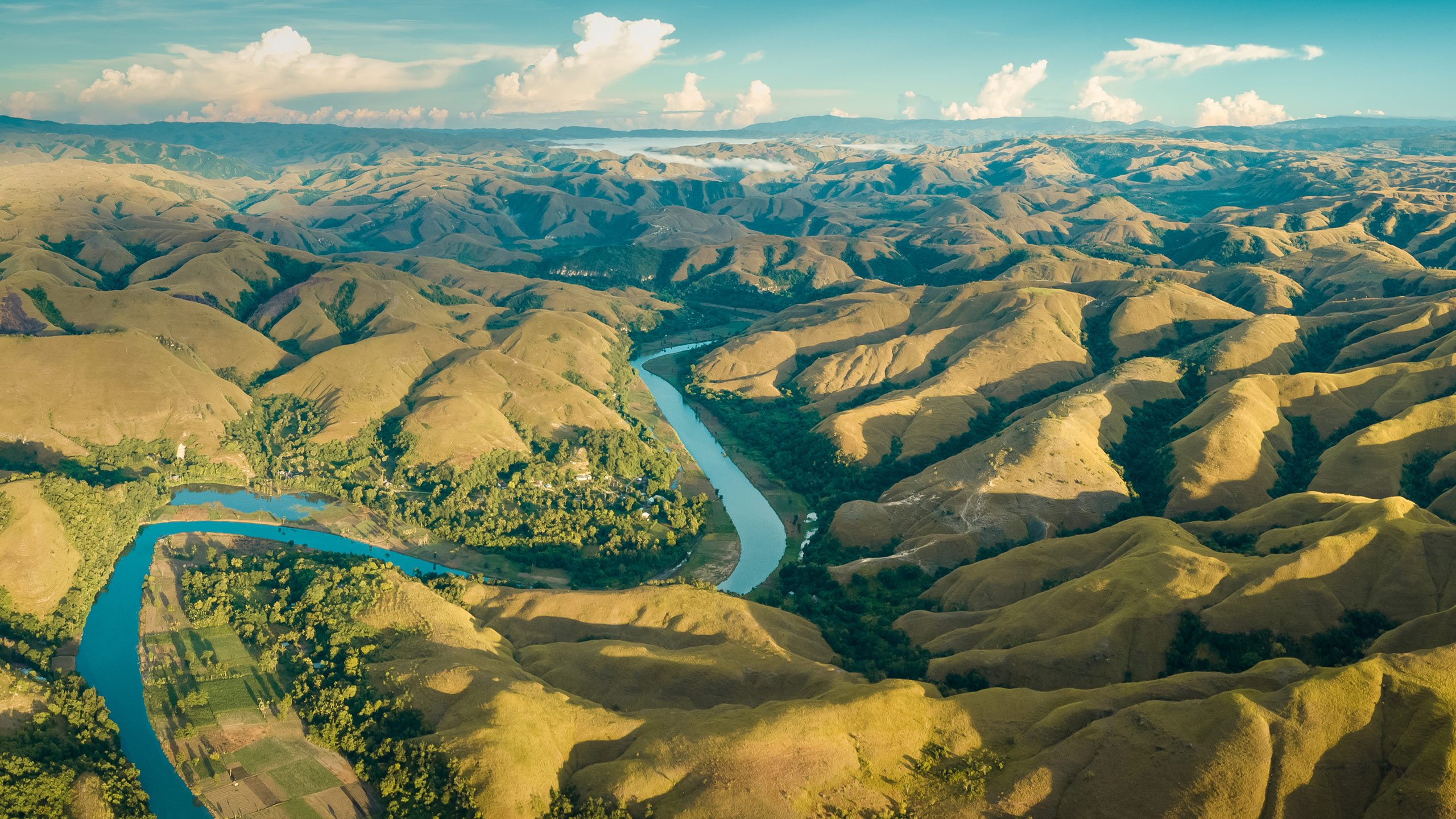
Well, there are several ways for you to get to Sumba Island. Taking a direct flight from Bali (DPS), which takes about an hour, is the most popular and easiest way to get to the island. And for those of you who happened to be in Kupang and Ende, you can also take a direct flight to the island.
To ensure you arrive at your desired part of the island, please pay close attention before booking the flights. The island has two airports: Tambolaka Airport (TMC) in south-west Sumba and Umbu Mehang Kunda Airport (WGP) in east Sumba. You can also relax, as there is no need to worry about flight availability since daily flights are offered to and from the island.
Best Time to Visit
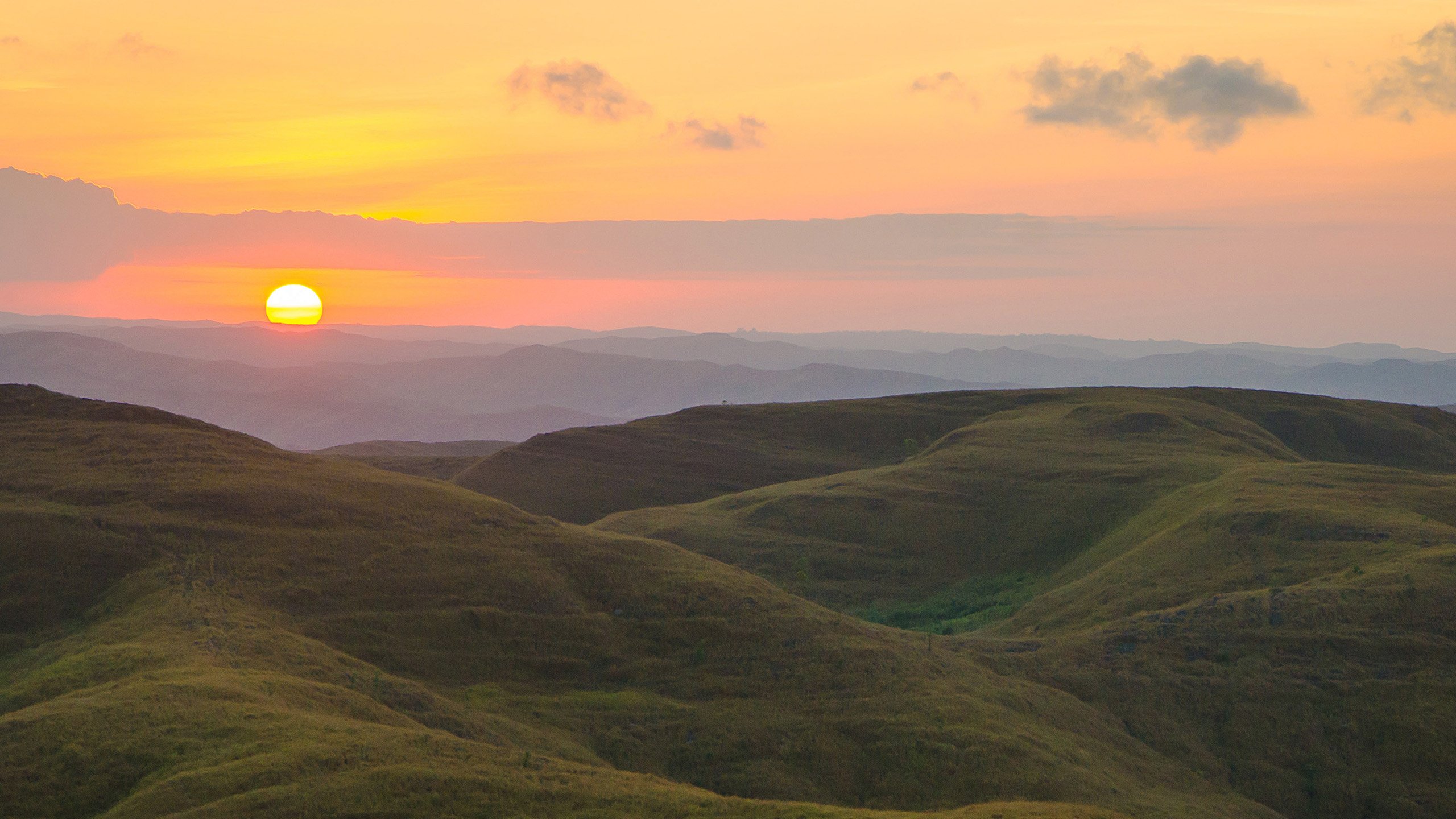
Visiting Sumba during the dry season might be the best time for you, which is from around April to November. In these months, the weather is relatively good, making it perfect for exploring and outdoor activities with fewer chances of rainfall. This is the perfect time for those who want to experience the fascinating gold and brown landscape.
However, for those who seek to experience the lush and green scenery with fewer tourists, visiting in the wet season might be your best time. The wet season lasts from around October to March, as the wettest month is in January. So expect a lot of rain and be prepared, knowing that you're more likely to experience delays on flights or road travel.
Where to stay
The best way to enjoy your visit to Sumba is by staying at these all-inclusive hotels and resorts, where you'll find just about everything you need. It might be hard or challenging to find places such as restaurants, cafes, bars, and shops since tourism is currently still growing. So, staying in these places might just be the right way to complete the amazing experience of Sumba.
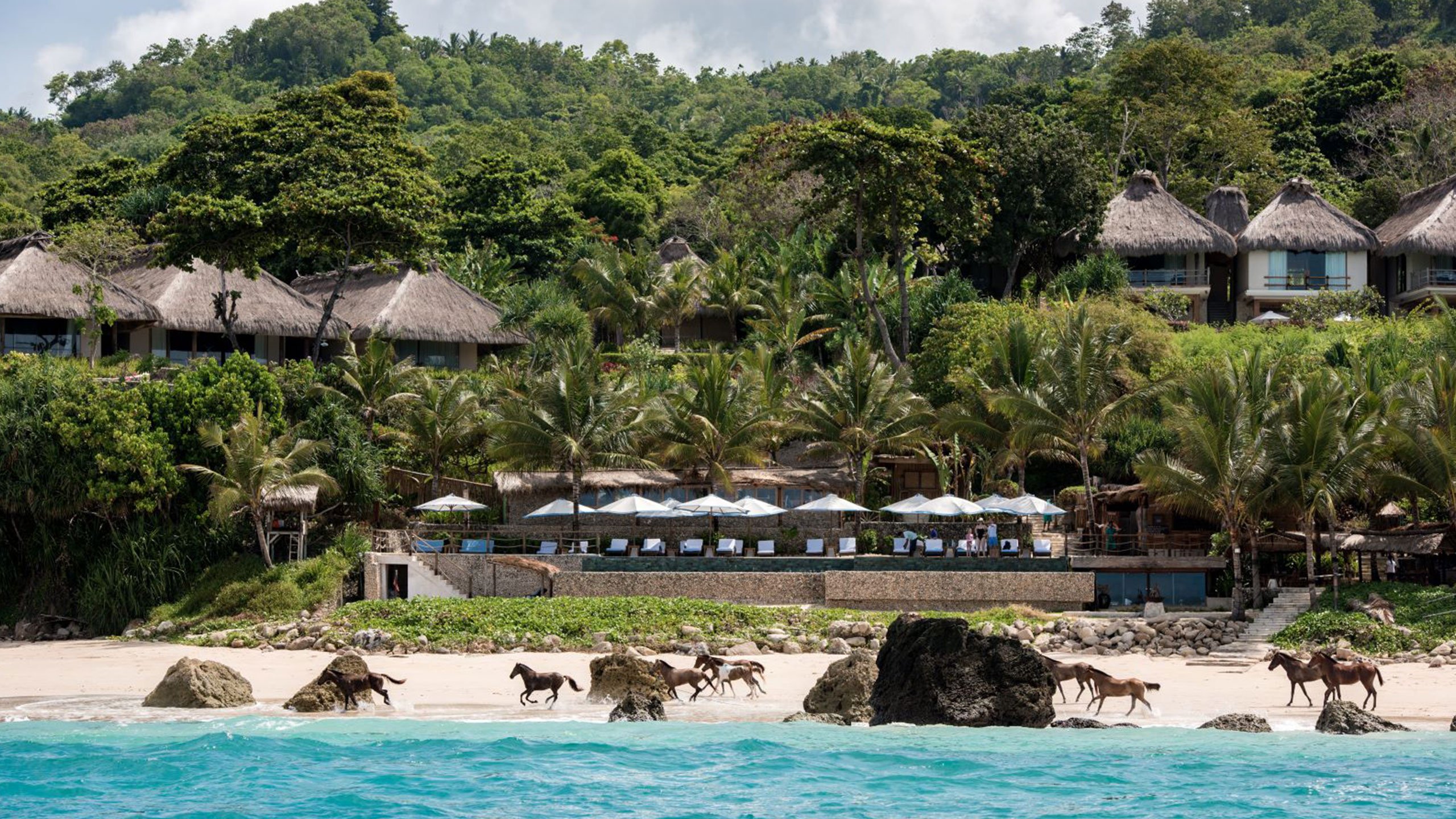
Courtesy Nihi Sumba
Nihi Sumba
Nihi Sumba - the most famous stay on the island, where luxury meets the wilderness. Consisting of 27 thatched villas with private pools, it offers breathtaking views of the Indian Ocean and access to the private Nihiwatu Beach for you to surf the world's most coveted wave and experience a serene sunset horseback ride on the beach.
Alamayah
Alamayah, a mix of traditional Sumbanese design and modernity, is a luxury boutique hotel featuring 6 suites. Nestled on Kerewei Beach, this is another perfect place to surf and enjoy the views of the Indian Ocean. A farm-to-table dining experience is also available here, where ingredients are all locally sourced. Just a perfect retreat place to be.
Cap Karoso
Cap Karoso - another one on the list to find the blend of Sumbanese heritage and modernity. A luxury escape featuring 44 rooms and 20 villas, it is situated on a coral reef and surrounded by famous traditional villages and turquoise lagoons. Cap Karoso also has its own biological farm, providing nearly all the fruits and vegetables used in their restaurant and bar.
Lelewatu Sumba
Lelewatu Sumba is a resort featuring 27 villas blending traditional Sumbanese aesthetics with modern elegance. Situated on a cliff facing the Indian Ocean and surrounded by lush rainforest, it also offers many breathtaking landscapes and rich local culture nearby.
Discover the Island's Natural Landscape
As the main attractions on the island, the natural landscape is among the most wanted by the travelers when visiting here. Remotely located, has kept nature well preserved and it's truly a sight for travelers for what nature has to offer here. From the famous lake, pristine beaches, majestic waterfalls to fascinating landscapes of hills and savannah. It is just the perfect place for nature lovers to be in and experience the Sumba's natural beauty.
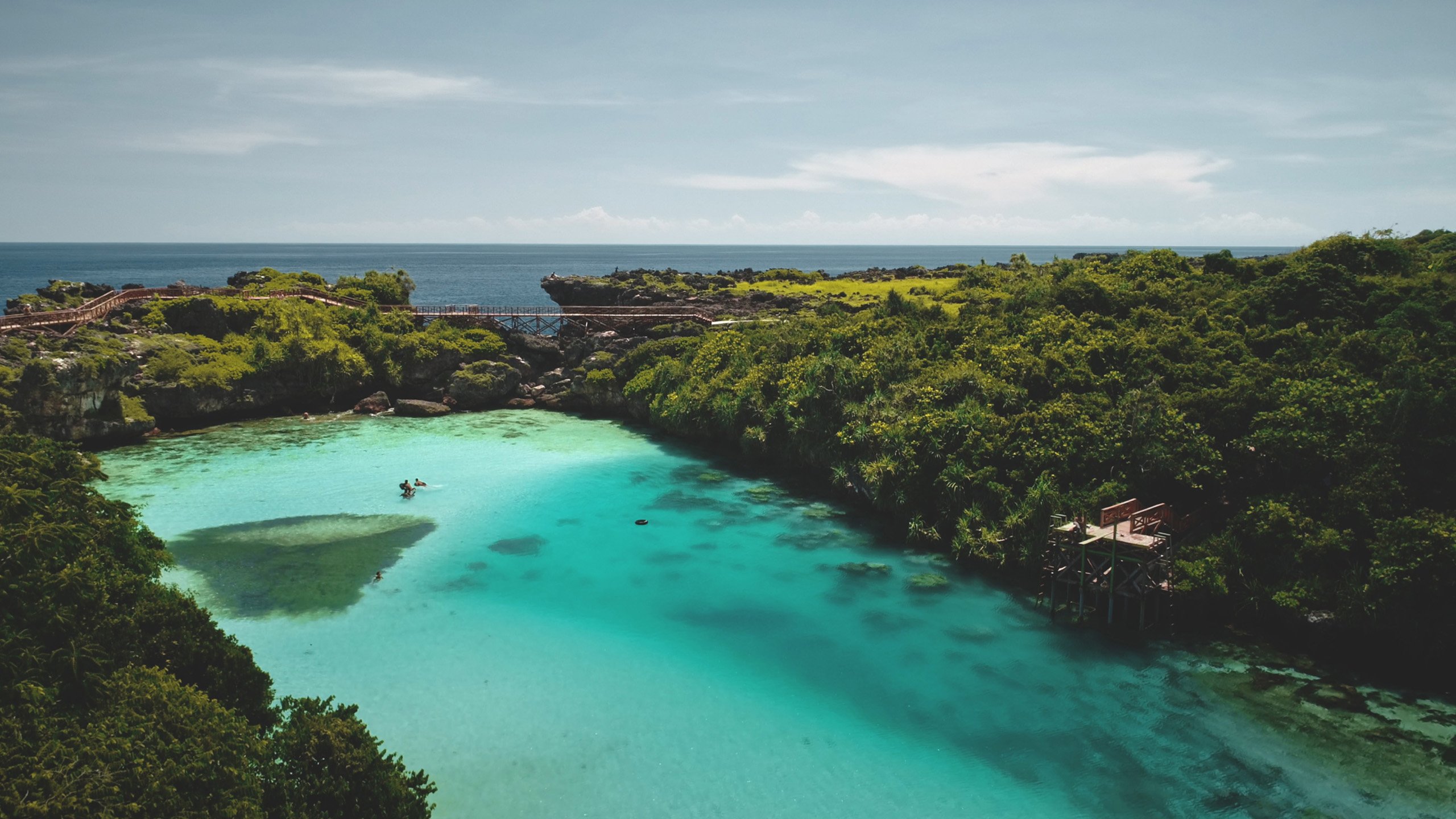
Weekuri Lake
Weekuri Lake
One not to miss is the Weekuri Lake, the most iconic lake in West Sumba, featuring the crystal clear water with its turquoise color. The lake is also filled with seawater through the small openings around the lake. An inviting scene for those who want to jump and swim there. Climbing up the cliffs, you will also be amazed by the vast ocean and clearer view of the lake.
Walakiri Beach
Walakiri Beach is a beautiful beach located in East Sumba, well known for its popular sunset spot and the “dancing” mangrove trees. As the sun sets, the sky transforms into a canvas of vibrant colors, casting the mangrove trees in a stunning silhouette. It's a perfect way to wrap up your day. However, note that access to the beach may be limited during high tide.
Mandorak Beach
Located in South West of Sumba, Mandorak Beach features a turquoise lake, white sandy beach, and iconic rock formations with two rocks pointing toward each other, creating a natural cover for the beachfront. It gives the feel of a secluded coastal escape.
Watu Bela Beach
Watu Bela Beach is also one of the most beautiful beaches located in West Sumba. It features white sand and surrounding natural-formed cliffs. A nice panoramic view of the beach and the surrounding cliffs can also be found after climbing up the cliffs.
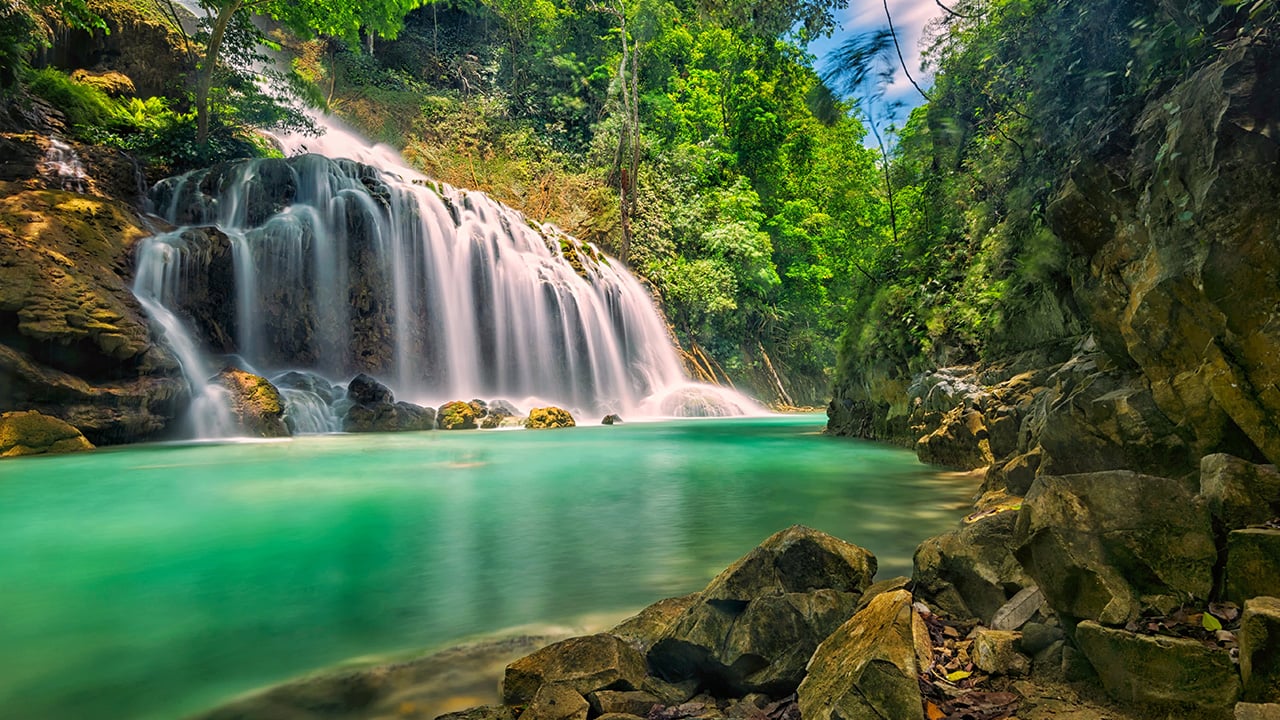
Lapopu Waterfall
Lapopu Waterfall
One of the most popular waterfalls in the area, Lapopu Waterfall located in West Sumba. It is a multi-level waterfall that falls from a cliff that offers an amazing view for you to relax and enjoy. The clear natural bluish-green pool just below the waterfall is also inviting for you to swim.
Waimarang Waterfall
Waimarang Waterfall is another stunning waterfall located in East Sumba. The waterfall cascades through a limestone gap into a turquoise pool. Prepare yourself, as you need to go through a challenging trek that will definitely be worth your effort. You might as well swim to cool off and refresh yourself after arriving at the waterfall.
Tanggedu Waterfall
Tanggedu Waterfall is known as the “Grand Canyon” of Sumba for its breathtaking landscape. Nestled in East Sumba, this waterfall cascades from a height of 8 meters into a series of natural bluish-green pools and is surrounded by steep cliffs and rugged terrain. However, be prepared for a lengthy and challenging trek to witness its splendor.
Wee Kacura Waterfall
One of a kind waterfalls in Southwest Sumba, Wee Kacura Waterfall, is located in the middle of the rice field. The waterfall is about 2 meters high and features a terraced waterfall that consists of 4 crystal natural bluish-green pools.
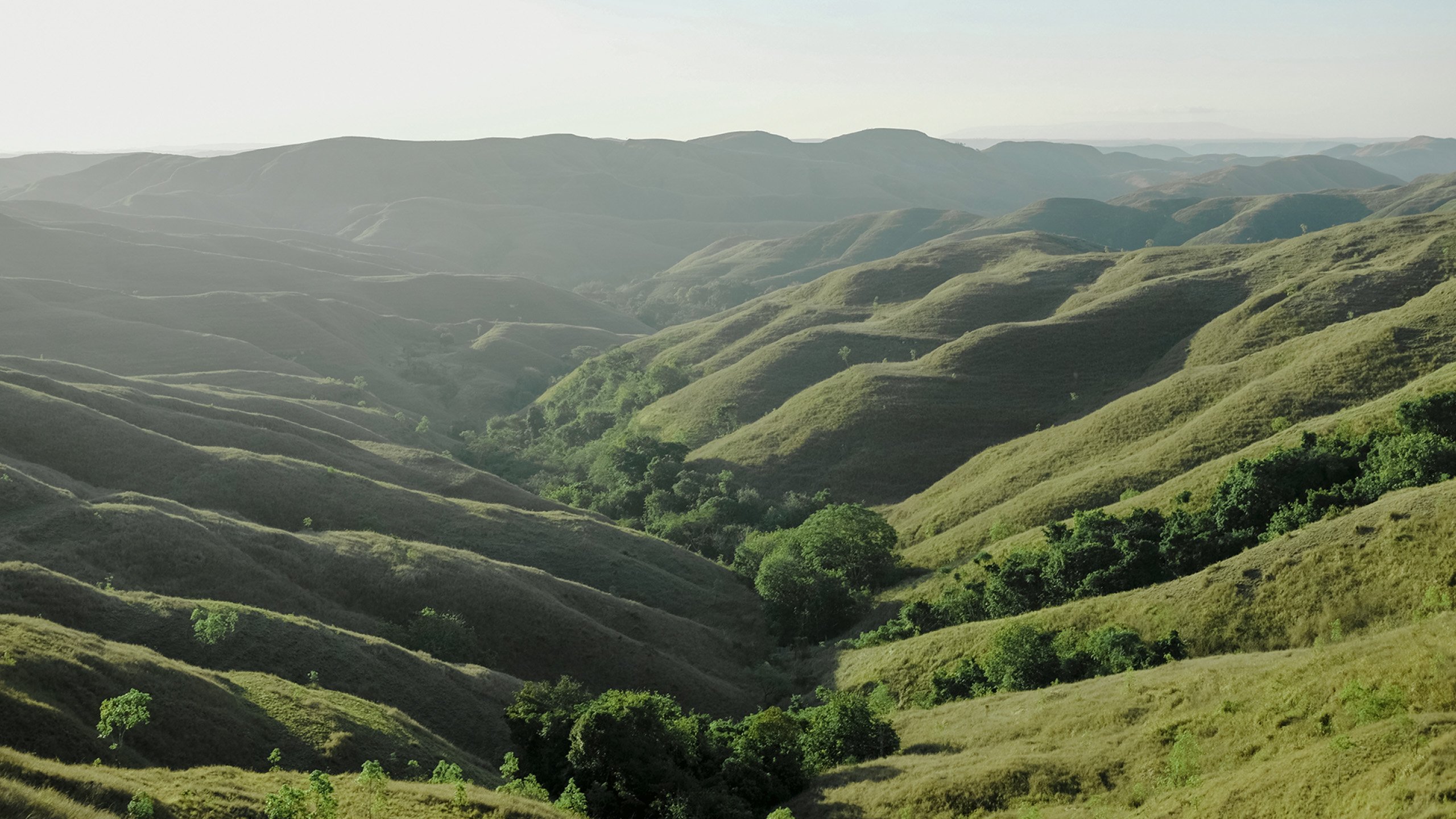
Wairinding Hills
Wairinding Hills
Wairinding Hills is the most popular hill in Sumba, located specifically in East Sumba. The vast savanna plateau creates a scenic view and makes it a perfect place for you to enjoy the sunrise or sunset. It also has been used as a filming location for several Indonesian movies due to its popularity.
Tanau Hills
Another beautiful hill to witness the beauty of Sumba, Tanau Hills could be one of your options. Located in East Sumba, it is relatively closer to the city of Waingapu for those looking for a closer alternative. Tanau Hills also offers a beautiful sunrise view.
Hiliwuku Hills
Hiliwuku Hills offer a relatively peaceful and quiet ambience to enjoy the beauty of the hills and vast savannas around. Located in East Sumba, it also offers a wonderful view of East Sumba right from the top of the hills.
Puru Kambera Savannah
A main destination for those who want to see Sumba wild horses, Puru Kambera is also located in East Sumba. If you're looking to encounter these wild horses, the best time to visit would be during the dry season, as they are more active in search of food outside the forest.
Getting to Know the Local People & Culture
Besides the natural beauty of the landscape, Sumba is also full of ancient culture and traditions, deeply rooted in the people's daily lives. The locals are also known for their warm hospitality and pride in preserving their rich cultural heritage and passing it down through generations. It's a great place to learn about Sumba culture and meet the locals.
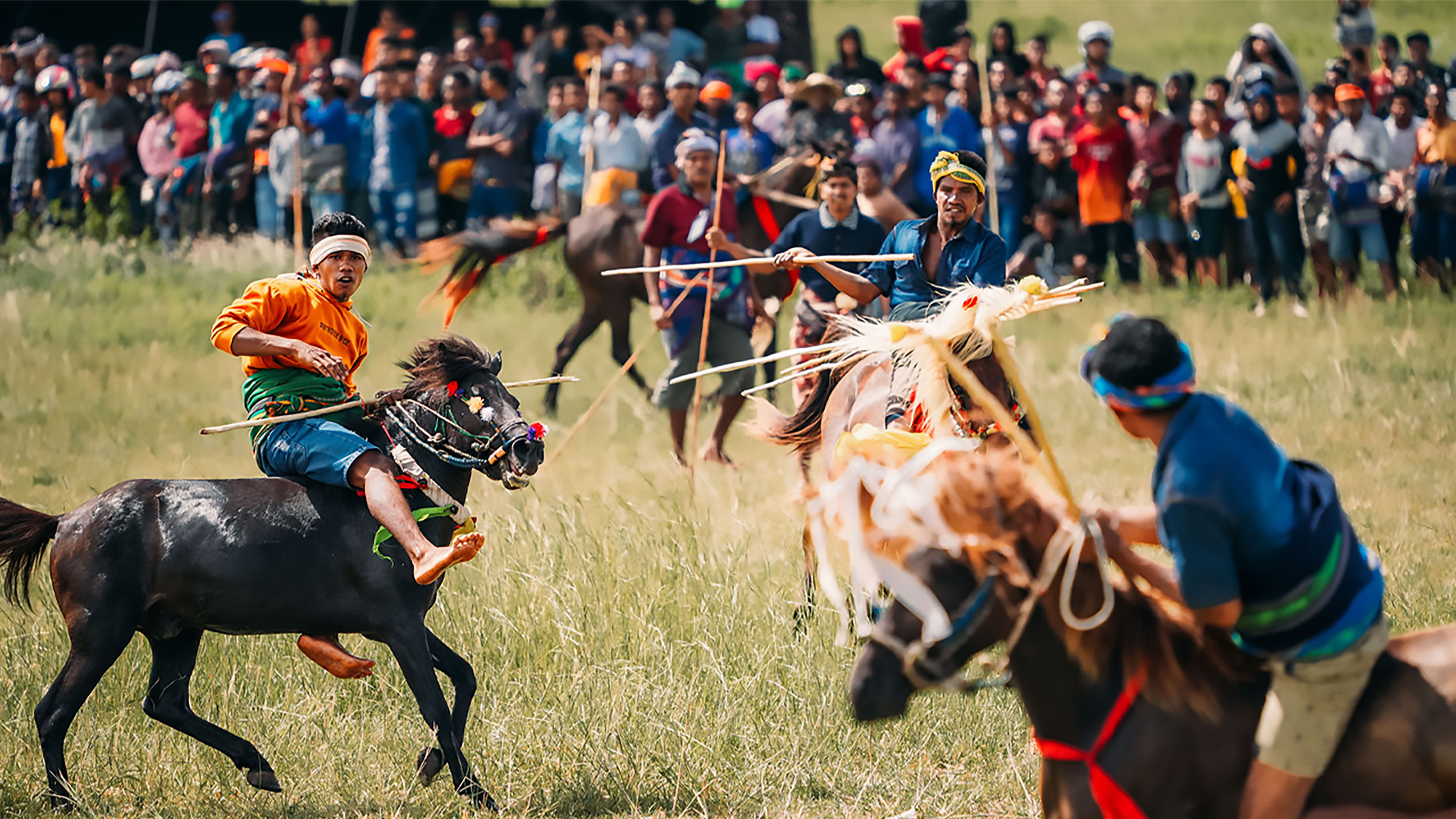
Courtesy Explore Sumba | Pasola Festival
Pasola Festival
Pasola, one of Sumba's most well-known and popular festivals, is a ritual spear fight that involves hundreds of horsemen. It was once a ceremony that was celebrated every year in February or March, but you may need to check with your local guide for the specific dates. It was believed that the more bloodshed, the better the harvest.
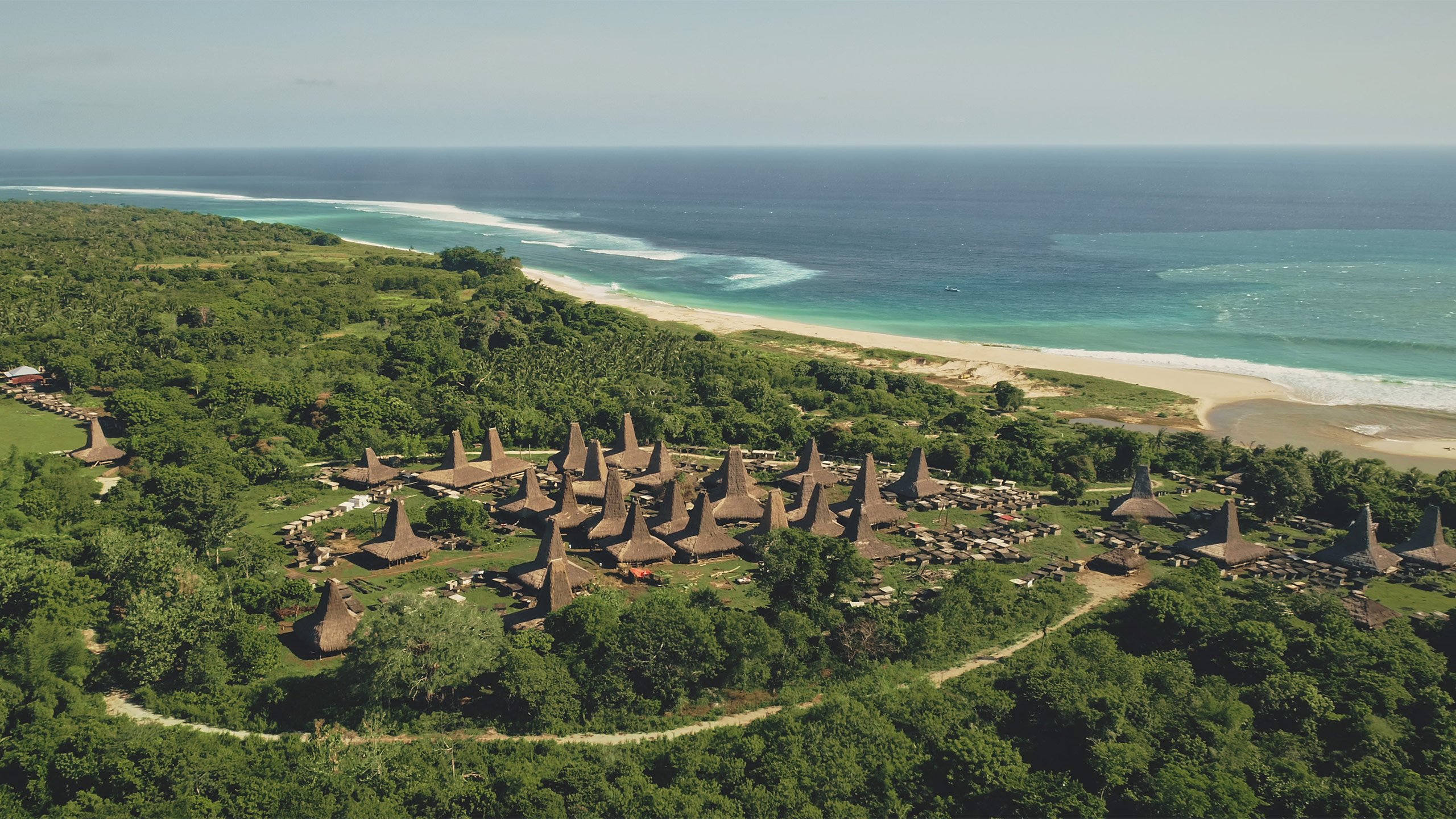
Ratenggaro Village
Ratenggaro Village
Ratenggaro Village is located in the Southwest Sumba. The village is sitting on a cliff, offering a beautiful view of village buildings, the sea, and a white sandy beach at the same time.
Praijing Village
Located near Waikabubak in the south west of Sumba, Praijing Village is sitting on a hill and surrounded by lush greenery. An impressive tomb can be found right in front of the village.
Rende Village
Located in East Sumba, Rende Traditional Village showcases huge megalithic tombs, which are unique unlike many other traditional villages.
Travel Tips
Last but not least, we have some travel tips that we could share to make sure you have your best experience during your stay in Sumba.
Prepare Cash: While these all-inclusive hotels and resorts take cards as methods of payment, it's good for you to bring some extra cash (Rupiah) for making small purchases from local markets or buying souvenirs.
Language: Indonesian is the common language here; however, the villages here have their own language. And you might consider hiring a local guide for better communication with the locals during your trip.
Connectivity: As it is located in rural areas, wifi and cell phone connections might be limited to some areas (and some areas might not have any connection at all), so be prepared for no connectivity in several areas.
Transportation: The best way to navigate around Sumba is by renting your own private car and a guide (or driver), since most places are relatively far from each other with a better understanding of the terrain, and they can guide you to enter local villages respectfully and safely.
Respect Culture & Tradition: The most important one is to follow and respect the local culture, traditions, and customs to avoid any problems or misunderstandings with the locals. From behaving and dressing properly to asking permission from the locals or your local guide if you're not sure of things you're about to do.
Hopefully, this guide to Sumba has provided you with a comprehensive overview of the island and may assist you in planning your future trip. But if you feel overwhelmed by all the information or are looking to customize your own Sumba itinerary, reach out to us today, and we'll start tailoring your dream trip to Sumba.



